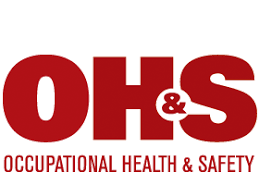When Minutes Matter: CPR and AEDs at Work Training is key to managing a cardiac event at work.
BY DOM TOLLI, OH&S, Sept, 2022
Too often and for too many employees, mandatory CPR/AED training is seen as an inconvenience that disrupts a busy workday for an emergency that may never occur.
It’s easy to adopt the “it-can’t-happen-here” mentality, but consider the numbers.
Nearly 10,000 people—more than 15 percent of workplace fatalities—suffer cardiac arrest on the job annually. It’s most often seen in industries where workers may be exposed to electrocution, lightning strikes, low oxygen environments or even overexertion.
OSHA estimates that having an automated external defibrillator (AED) available and an average time to defibrillation of three to four minutes can lead to a 60 percent increase in survival rates.
An observational study from the Swedish Registry of Cardiopulmonary Resuscitation published in Resuscitation Plus supports the OSHA data, finding that out-of-hospital cardiac arrest occurring at workplaces and crowded public places displayed the highest probability of survival from out-of-hospital cardiac arrest (OHCA).
Click here to read the full article from OH&S Magazine, Sept.2022



